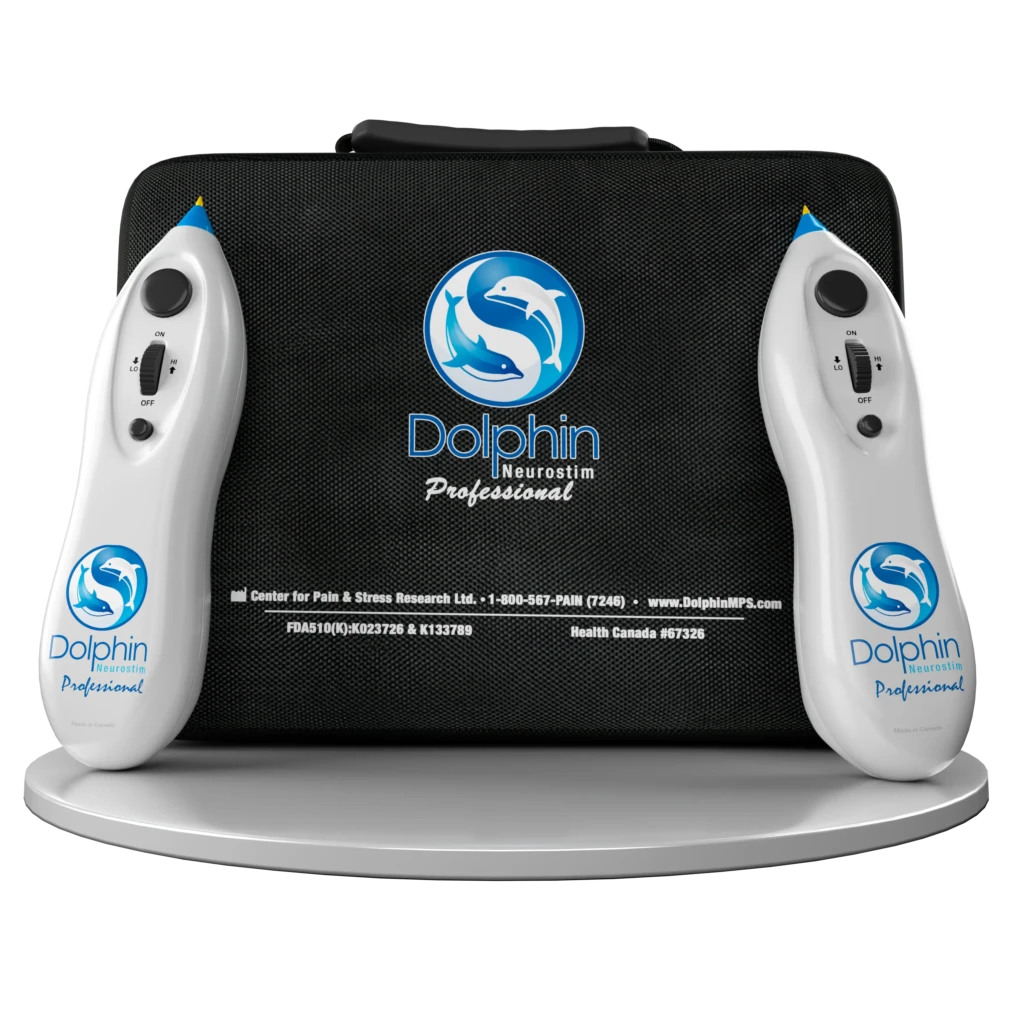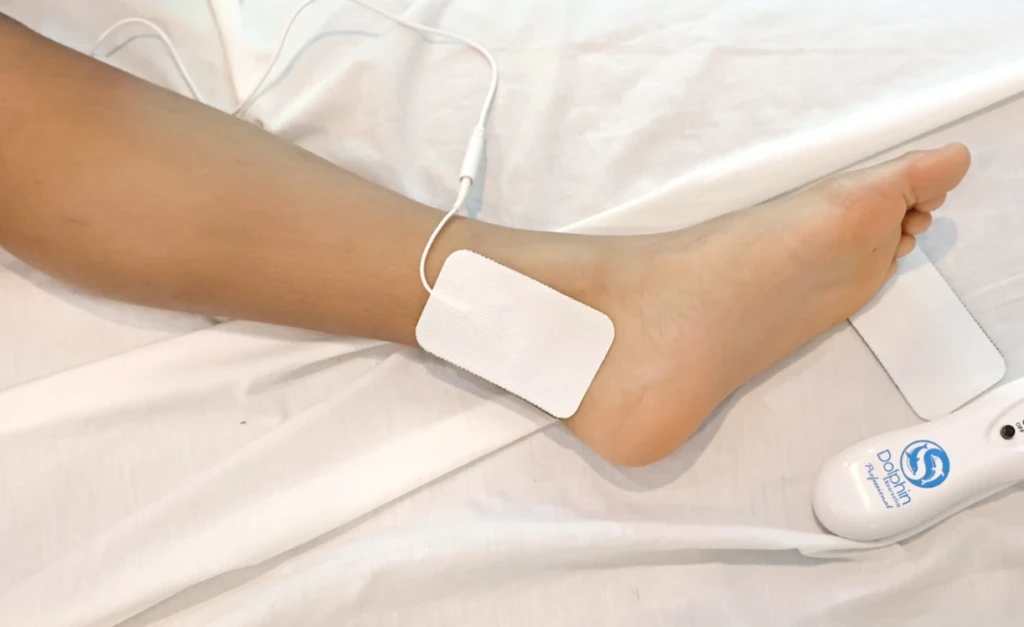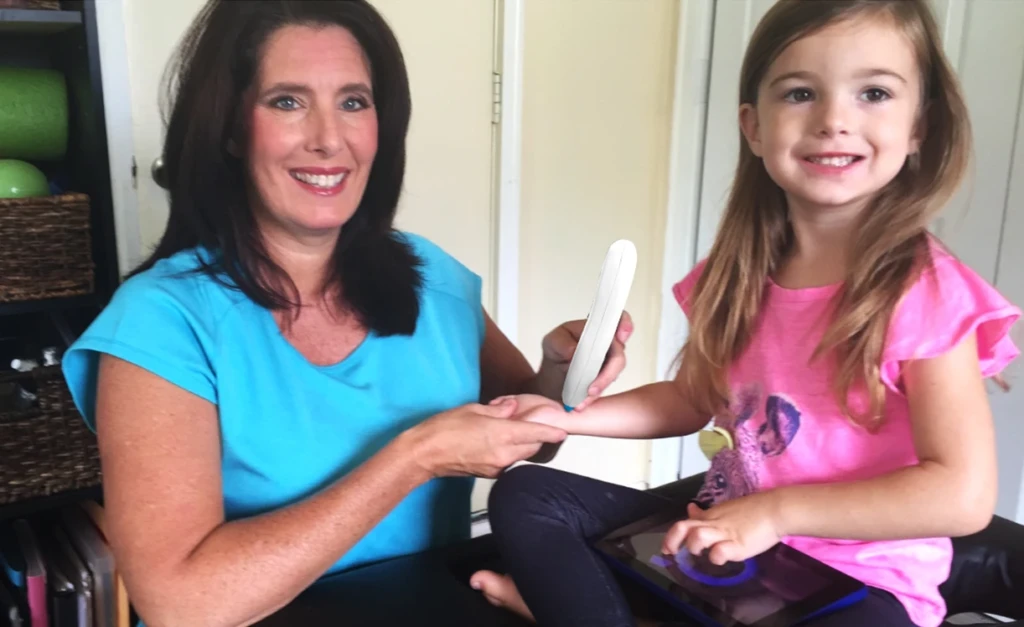
Sensory processing disorder is a neurological condition in children that can affect the way the brain processes information from the senses. People with sensory processing disorder may be extra sensitive or defensive to any sensory input, preventing proper social interaction, connectedness, and functioning outside their world.
Stress significantly influences sensory behaviors in children, primarily by triggering the body’s fight-or-flight response. When children experience stress, their brain and body react to perceived threats, leading to heightened arousal levels.
When a child or adult is stuck in this prolonged stress, have extreme responses to everyday sensations- bright lights, loud sounds, or even the feeling of clothes. This sensory defensiveness will result in behavior and psychological changes such as:

This stress-induced Sensory Defensiveness interferes with daily activity, socialization, and learning. Traditional Sensory tools do not address this underlying root cause of Sensory problems, prolonged Stress activation.
“Without stress-reduction it is impossible to impact behavior, learning, and emotional well-being in Sensory children.” – Kelly Armstrong OTR
Introducing Sensory Balancing Therapy
Developed by Kelly Armstrong OTR, SIPT, Sensory Balancing Therapy (SBT) is a groundbreaking approach to help children with sensory processing challenges by targeting the root cause of behavioral and emotional difficulties:
STRESS activation!
Sensory Balancing Therapy (SBT) embraces evidence-based research and science behind stress reduction to help unlock sensory children’s behavioral patterns.
Sensory Balancing Therapy (SBT) uses evidenced-based neuromodulation techniques to decrease stress (sympathetic upregulation) and activate healing (parasympathetic system), allowing children to process sensory information calmly and appropriately processing and integrating sensory information to improve emotional regulation, learning, behavior, and participation in daily life.

Sympathetic stress activation is directly linked in science to:
Available Online & In-person

Sensory Outcomes backed by science:

Dolphin Neurostim uses gentle microcurrent stimulation to target specific calming points in the body. This helps reduce sympathetic stress and activate the parasympathetic nervous system, allowing children to engage with the world in a more relaxed, regulated manner. Sensory Balancing Therapy using stress-reducing Dolphin Microcurrent is considered one of the most effective approaches to treating sensory disorders for several reasons:
- Targets the Vagus Nerve
- Reduces Stress and Calms the Nervous System
- Non-Invasive and Painless
- Supports Neuroplasticity
- Balances Hormonal and Immune Responses



Sensory Balancing Therapy that incorporates the use of microcurrent technology is highly effective in treating sensory disorders and aiding in the regulation of physiological sensory responses associated with stress.
This seminar not only will instruct you how to reduce stress, but this seminar will teach you how to recognize the primary factors that activate stress in sensory patients, allowing you to treat the root cause of sensory disorders for outstanding outcomes
Level 1 (Available Online & In-person)
Level 2 – (Available Online & In-person) Coming Soon
- For Moms: Manage your child’s sensory challenges easily at home. Achieve noticeable improvements in their behavior, focus, and mood.
- For Therapists: Introduce this effective neuromodulation technique into your clinic, supporting sensory children’s emotional regulation and overall development.
- Real Results: Many parents and therapists have witnessed significant progress in sensory behavior after just a few sessions.

